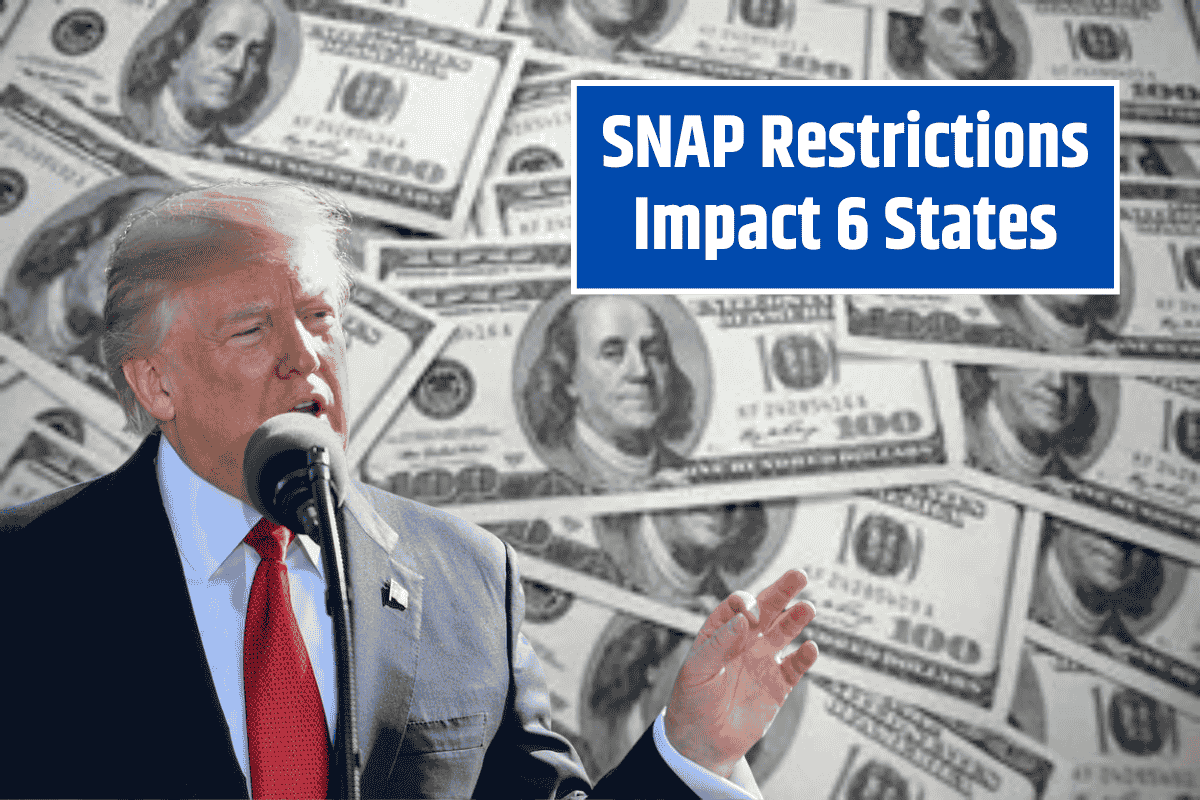In the face of rising inflation and growing economic challenges, many American families have relied on the Supplemental Nutrition Assistance Program (SNAP) for assistance.
However, recent changes, including bans on certain food items in six states, are altering what beneficiaries can purchase. Let’s take a closer look at these changes and their potential impact.
What Are SNAP Benefits?
The Supplemental Nutrition Assistance Program (SNAP), which has been in place since 1939 under the Food Stamp Program (FSP), aims to help low-income households afford nutritious food.
SNAP provides eligible individuals with monthly benefits to purchase food, with certain restrictions on the types of items that can be bought.
To qualify for SNAP benefits, individuals must meet resource and income limits and participate in employment or training programs. The program is designed to assist families who are struggling to make ends meet.
SNAP Eligibility Requirements
To qualify for SNAP, households must meet the following income limits:
Household of 1: Up to $1,255 monthly
Household of 2: Up to $1,704 monthly
Household of 4: Up to $2,600 monthly
Household of 6: Up to $3,497 monthly
Household of 8: Up to $4,394 monthly
Each additional person in a household adds $449 to the income limit. After meeting these criteria, beneficiaries receive monthly SNAP benefits to purchase eligible food items.
The Ban on Certain Items
The SNAP Food Restriction Waivers, introduced under the Trump Administration, have led to restrictions in several states, particularly targeting non-nutritious items. These bans aim to improve the nutritional quality of food purchased with SNAP benefits.
While some support these changes, others argue that they limit food choices for families in need. Below are the states that have implemented the bans:
Arkansas: Banned sodas, fruit juices with less than 50% natural juice, unhealthy drinks, and sweets.
Colorado: Banned sodas.
Florida: Banned sodas, energy drinks, sweets, and prepared desserts.
Idaho: Banned sodas and sweets.
Indiana: Banned sodas and sweets.
Iowa: Banned all taxable food except edible plants and seeds.
Louisiana: Banned sodas, energy drinks, and sweets.
Nebraska: Banned sodas and energy drinks.
Oklahoma: Banned sodas and sweets.
Texas: Banned sugary drinks and sweets.
Utah: Banned sodas.
West Virginia: Banned sodas.
The Rationale Behind the Ban
The changes were introduced to improve the nutritional value of food purchased with SNAP benefits, emphasizing healthier choices.
The goal is to reduce the consumption of sugary drinks, sweets, and other non-nutritious foods, particularly in households with children who need balanced nutrition for growth and development. The bans aim to steer recipients toward healthier food options.
The Debate: Support vs. Opposition
Supporters of the bans argue that these changes will improve public health by encouraging healthier eating habits and reducing the consumption of unhealthy foods that contribute to obesity and other health problems.
Opponents, however, believe the bans limit choices for those already struggling to make ends meet and may not effectively address the root causes of poor nutrition, such as limited access to fresh produce or healthy food options.
The SNAP bans implemented in six states represent a significant change in the way benefits are spent. While they aim to encourage healthier eating, they also restrict access to certain items that many families rely on.
As SNAP continues to play a vital role in assisting low-income households, the debate around these restrictions will likely continue.
